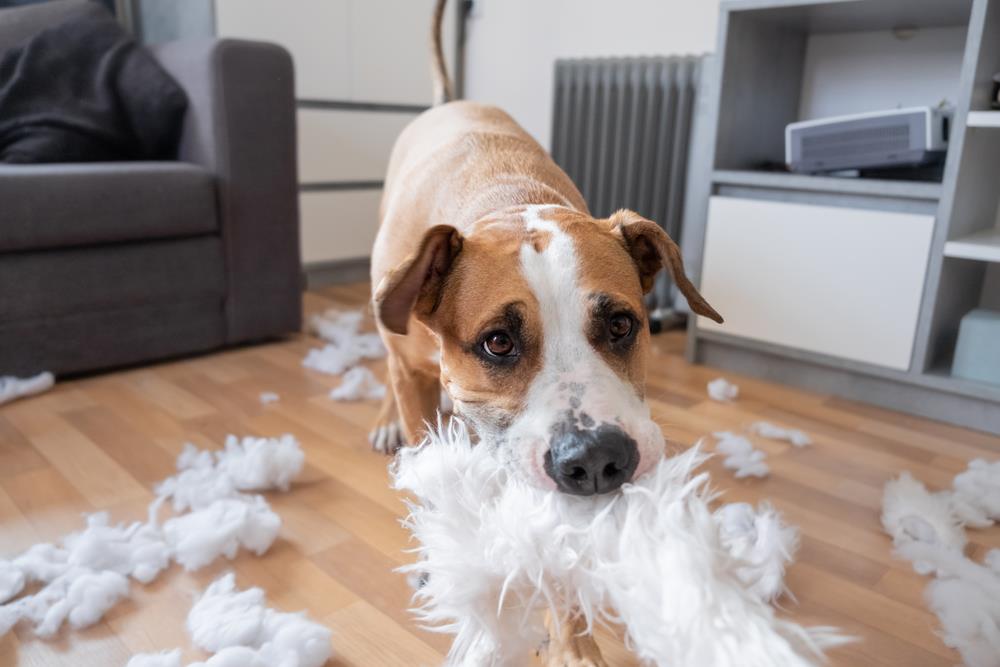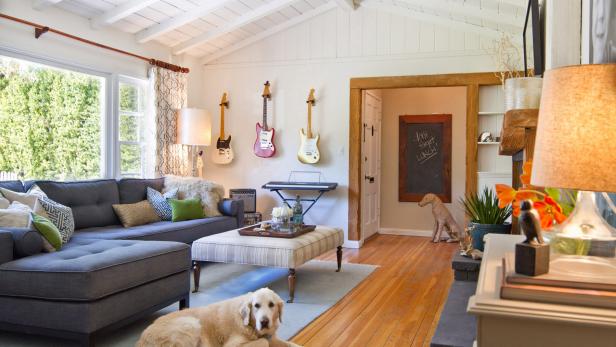Understanding the Need for Pet-Proofing Your Home
When it comes to the safety of your furry family members, pet-proofing your home is crucial. A non-secured home can pose numerous risks to pets, including accidental ingestion of toxic substances, injury from sharp objects, and the risk of escape leading to potential road accidents.
Many pet owners underestimate the curiosity and dexterity of their pets. From cats climbing high shelves to dogs sniffing out hidden treats, pets can find their way into all corners of your home. Therefore, it becomes essential to anticipate potential dangers and create a safe and comfortable environment for them.
By pet-proofing your home, you not only protect your pets from potentially harmful situations but also save yourself from costly vet bills and the emotional distress that comes with pet injuries or illnesses.

Let’s delve deeper into the specific hazards in your home in the next section, where we will discuss in detail how to effectively pet-proof your home.
Identifying Potential Hazards in Your Home
Ensuring your home is safe for pets requires careful consideration and proactive hazard identification. Many everyday items can pose significant risks to your furry friends. Common household hazards include cleaning supplies, certain plants, small objects, and even open windows.
- Cleaning Supplies: Many cleaning products can be toxic to animals. Always store these securely and out of reach.
- Certain Plants: Some plants, such as lilies and azaleas, are poisonous to pets.
- Small Objects: Small objects, like buttons or coins, can be choking hazards. Regularly check floors and low surfaces to keep these out of paws’ reach.
- Open Windows: Especially for cat owners, open windows can be a falling risk. Consider installing screens or safety nets to prevent accidents.
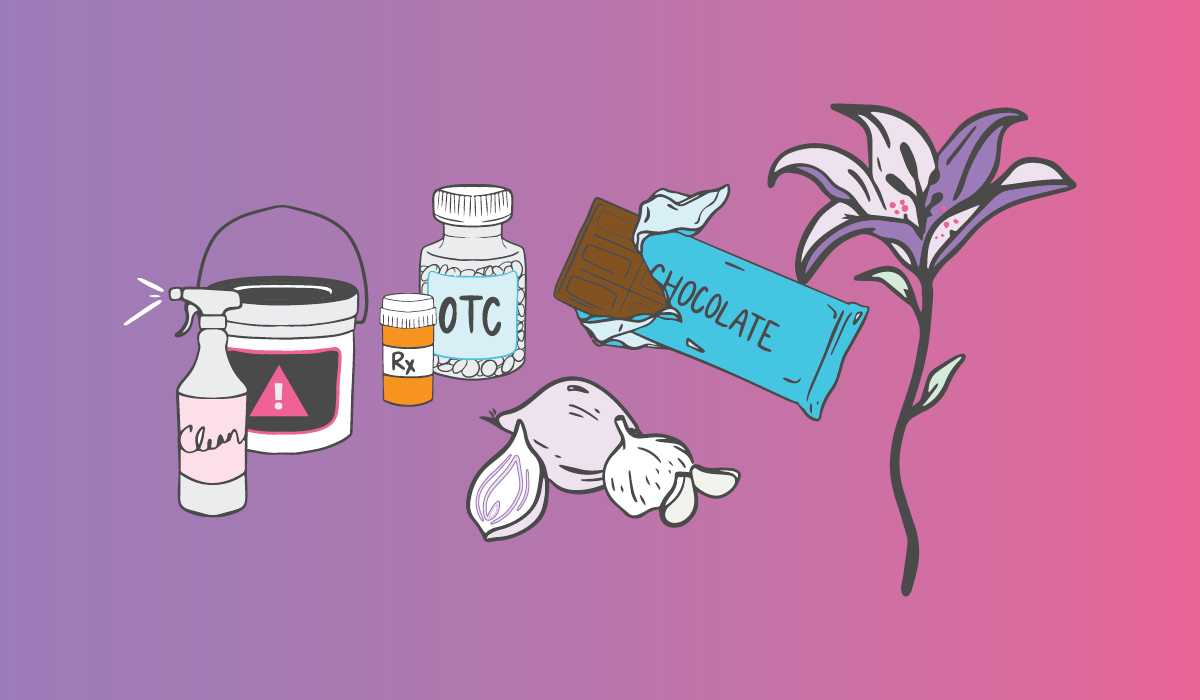
Understanding these risks and implementing preventative measures can significantly increase the safety of your home for pets. Always remember, a safe pet is a happy pet!
Securing the Kitchen
Transforming your kitchen into a safe haven for your pets involves a few significant steps. The first priority should be securing cabinets to prevent curious pets from accessing potentially harmful substances. Consider installing child safety locks or magnetic latches on lower cabinets.
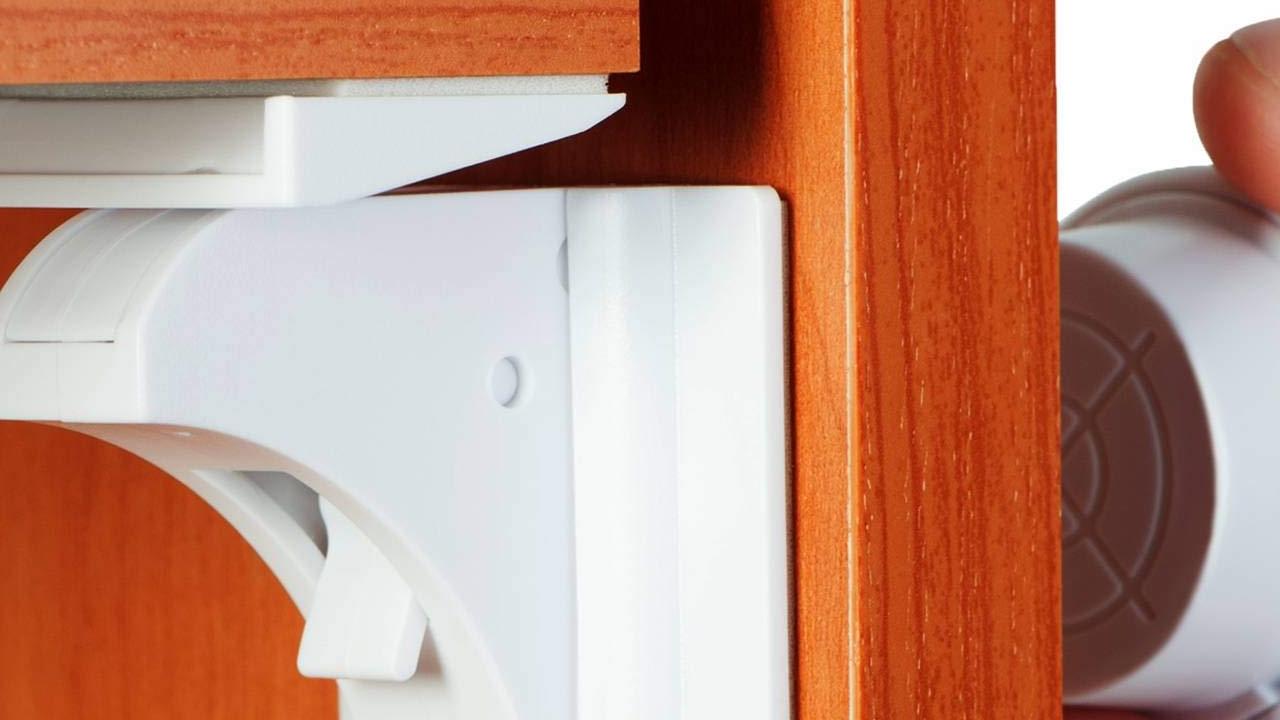
Next, ensure that your rubbish bins have secure lids to keep pets from rummaging through discarded food and packaging. A step-on trash can with a locking lid is an excellent solution.
Furthermore, remember to securely store food, especially those that are toxic to pets like chocolate, grapes, onions, and garlic. A comprehensive list of dangerous foods is available from the PDSA.
Lastly, be wary of hot surfaces and appliances. Stove guards and appliance locks can be installed to keep pets safe around cooking areas.
Making the Living Area Safe for Your Pets
One of the essential aspects of pet-proofing your home is ensuring the safety of your living areas, including the living room and bedrooms. Pets, akin to toddlers, are naturally inquisitive and can easily get into potential hazards if left unchecked.
Primarily, secure any loose electrical wires and cords. These can pose a choking hazard or risk of electrocution to pets, especially those who enjoy chewing. Consider investing in cord protectors or using furniture to hide cords from your pets’ reach.
Remove Toxic Houseplants
Next, remove toxic houseplants. Many common plants can be harmful to pets if ingested.
Ensure Small Objects and Toys are out of Pets’ Reach
Finally, ensure small objects and toys are out of pets’ reach. These could be choking hazards or cause digestive blockages if swallowed. Regularly inspect these areas and keep them tidy to prevent accidents.
By taking these steps, you can create a safer environment in your living areas for your pets.
Pet-Proofing Your Bathroom
One of the most overlooked areas when it comes to pet-proofing your home is the bathroom. It harbours several potentially harmful substances and objects that can pose a risk to your pets. The following steps can safeguard your pets’ wellbeing while they explore this space.
- Secure Medications: Pets can easily mistake pills for treats. Always store your medications in a secure cabinet.
- Close Toilet Lids: Pets, particularly dogs, may be tempted to drink from the toilet bowl. To prevent this, always keep your toilet lids closed.
- Store Grooming Products Safely: Many grooming products contain chemicals that can be harmful if ingested. Store these products in a high, closed cabinet.
- Restrict Access to Harmful Substances: Substances such as cleaning supplies must be kept out of pets’ reach. Consider childproof locks for lower cabinets.
By pet-proofing your bathroom, you create a safer environment for your furry family members. Taking these precautions can prevent accidents and ensure your pet’s health and wellbeing.

Creating a Safe Outdoor Environment
While pet proofing your home, it’s essential not to overlook your outdoor spaces. You might think that your backyard, garden, or balcony is a safe place, but there are many potential hazards you should be aware of.
Firstly, some plants are toxic to pets. Before you let your pet roam, ensure you remove or replace potentially harmful plants.
Secondly, secure your fences. A secure fence can prevent your pet from escaping and getting into potentially dangerous situations. Consider the height and durability of your fence and make sure there are no gaps or weak points.
Lastly, create safe play areas. Pets need space to play and explore, so setting up pet-friendly zones is vital. Use non-toxic materials and install sturdy structures for climbing and playing.
By following these steps, you can ensure your outdoor spaces are safe and enjoyable for your pet.
Training and Educating Your Pet
Understanding your pet’s unique behaviours and requirements is paramount in the process of pet-proofing your home. It’s essential to educate yourself about your pet’s species-specific needs and tendencies. By doing so, you can anticipate potential dangers and prevent accidents before they occur.
Investing time into training your pet can also be highly beneficial. This can include teaching them to stay away from certain areas of your home or avoiding specific objects. This not only ensures their safety but also helps maintain the orderliness of your environment.
Contrary to popular belief, training isn’t exclusive to dogs. Cats, birds, and even rodents can learn to understand and respond to cues when appropriately trained.
Remember, the key to successful pet-proofing lies in a balance between modifying your home and training your pet.
The Essentiality of Regular Checks and Maintenance
Ensuring your home is pet-proof is not a one-time endeavour. As your pets grow, their behaviours and capabilities evolve. Therefore, it’s crucial to regularly review and update your pet-proofing strategies.
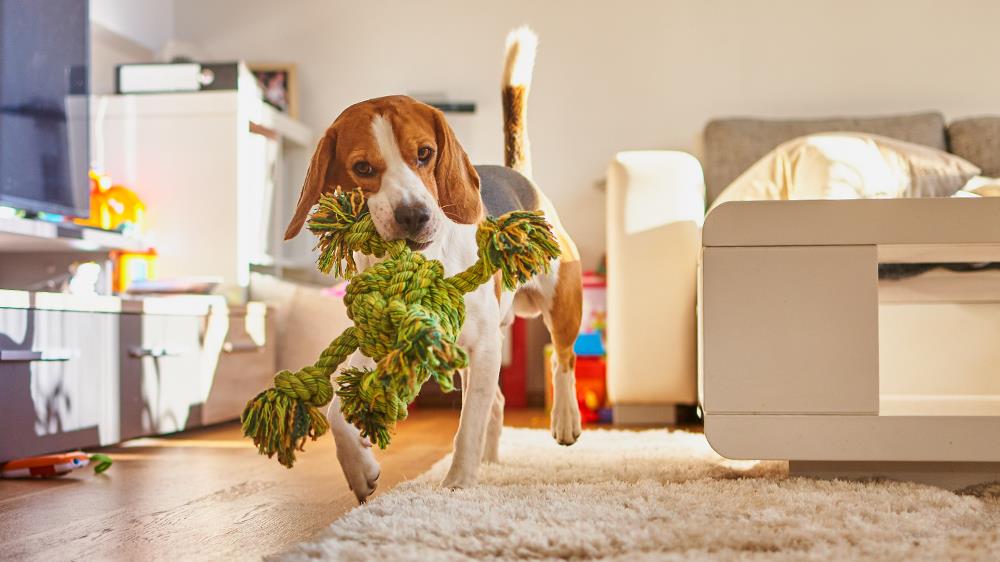
Weekly inspections are advisable, focusing on potential hazards like chewable objects, reachable food items, or open windows. Check for signs of wear and tear on pet barriers or safety gates. If your pet has developed a new habit or skill, like jumping higher, update your pet-proofing measures accordingly.
Also consider having a professional pet-proofing assessment regularly.
Regular maintenance and updates to your pet-proofing measures will keep your pet safe and your home secure.
Related posts
Recent Posts
- Pet Emergency Preparedness: Ensuring Your Furry Friend’s Safety in a Crisis
- The Importance of Pet Vaccinations: Protecting Your Furry Friends
- Kitten Feeding Guide: Essential Tips for New Cat Owners
- Dangerous Pets: What You Need to Know Before Bringing One Home
- Understanding Pet Loss Grief: Coping with the Loss of a Beloved Animal Companion

